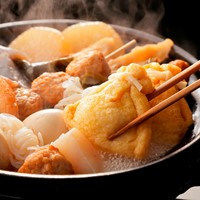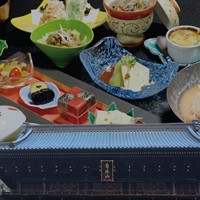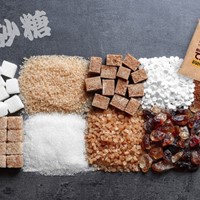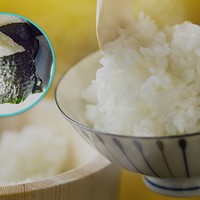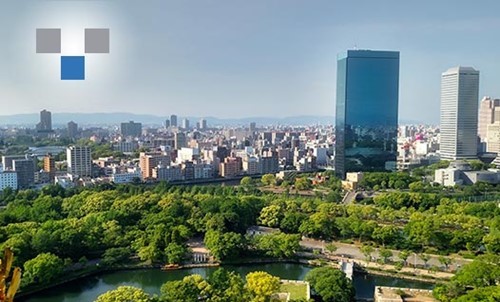Food Culture Differences Between Kanto and Kansai
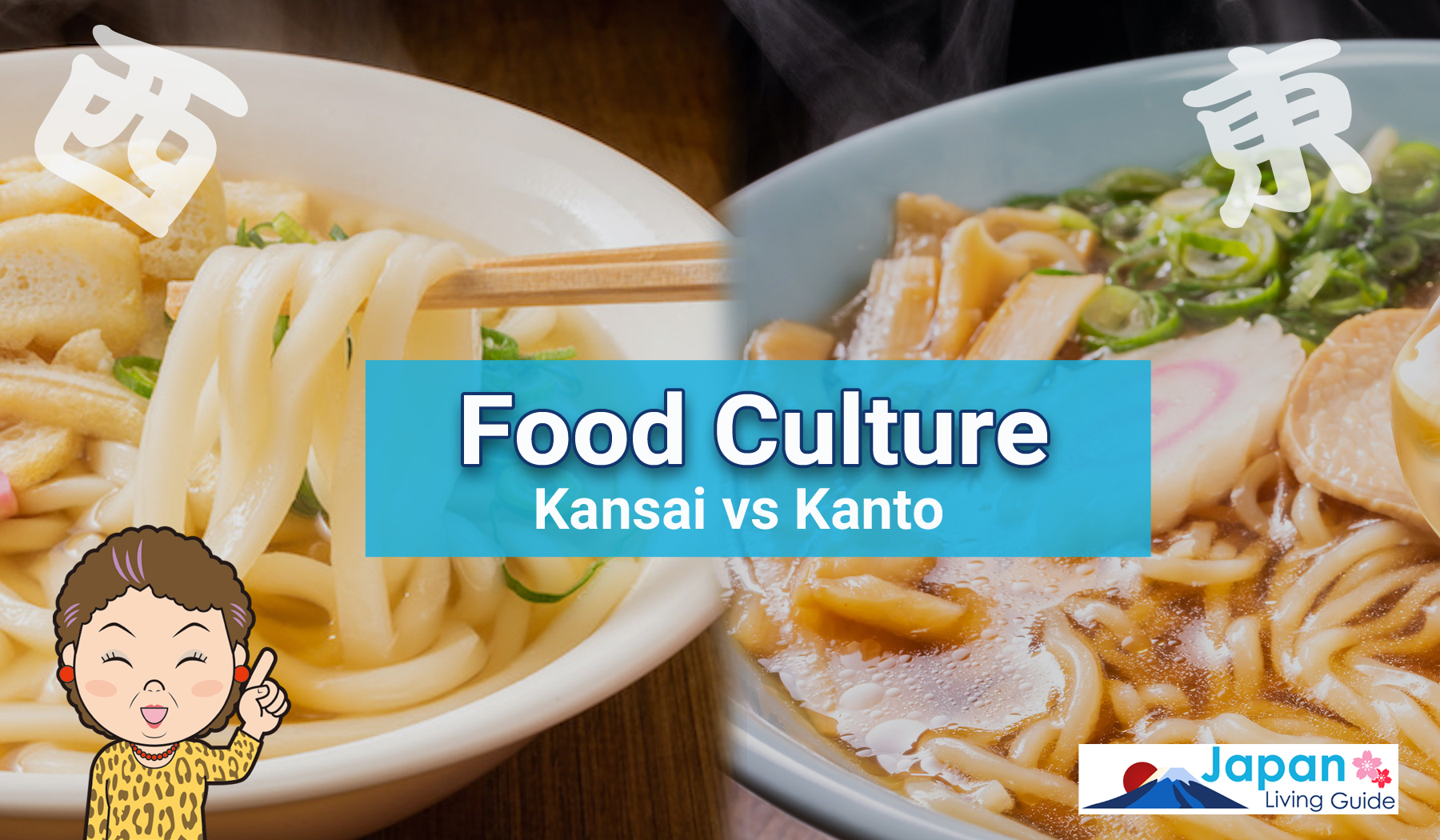
This page contains affiliate links.
Did you know that there are differences in flavoring between Kanto (Tokyo area) and Kansai (Osaka area)? People from Kansai region tend to prefer light seasoning, while people from Kanto region tend to prefer relatively strong seasoning. There are many theories about the strong flavor of the Kanto region and the light flavor of the Kansai region, we outline some of them below.
Tokyo (Kanto region) = Strong Flavor
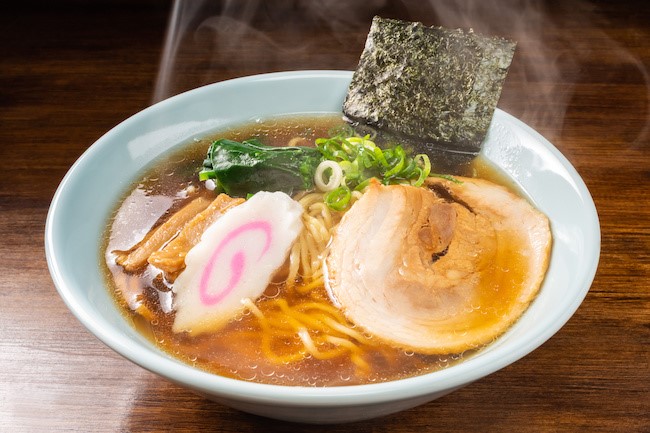
Originally, before the Edo period, the heart of Japan was in the Kansai region, including Kyoto and Osaka, where the dashi culture, including kombu (kelp), was well developed, and the basic idea was to enjoy the flavor of the ingredients themselves and the dashi.
It is said that the spread of the strong-seasoning culture in the Kanto region was largely due to the city planning of Edo by Ieyasu Tokugawa during the Edo period (1603-1868).
Food was very important for the efficient work of the labors who were responsible for building the city of Edo. The staple food of farmers and townspeople at the time was brown rice, which was said to amount to 18 bowls of rice per person per day, when the major construction work began.
In order to make this large amount of brown rice more palatable and to increase the work force, it was necessary to have side dishes that would make the rice more palatable. They began to be made with highly seasoned dishes to replenish salt and minerals. Typical examples are tsukudani, made by boiling down seafood such as small fish and prawns in salt and soy sauce, and pickled daikon radish, made from well-picked radish from the outskirts of Edo.
In this way, strongly flavored side dishes gradually spread as part of the daily diet of ordinary Edo households.
Dark soy sauce was also invented to make sashimi tastier. It became popular because it removes the smell of fish. The combination of fresh, tasty Edomae fish, white rice and dark soy sauce developed into Edomae sushi. Artisans also liked less-time-consuming food such as sushi, which they could eat quickly during their work.
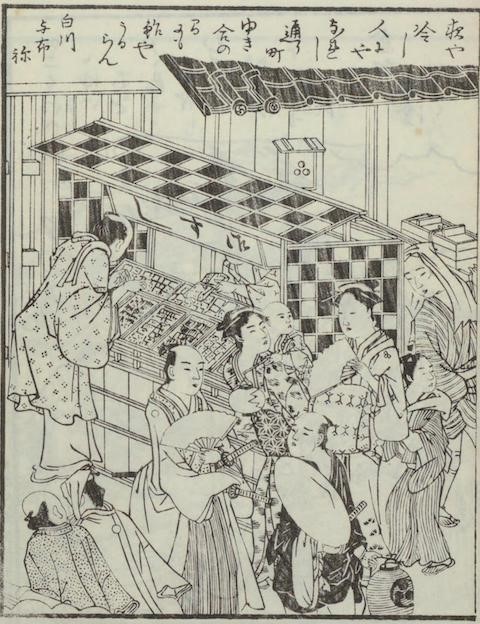
In this way, the strong-flavored culture of the Kanto region took root.
Osaka (Kansai region) = Light Flavor
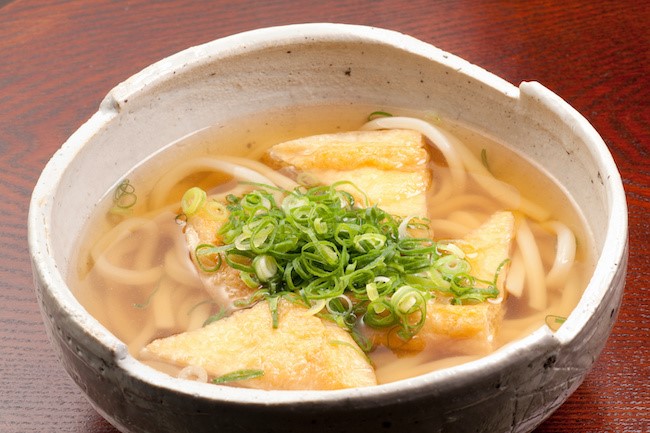
On the other hand, Kansai is a large city with Kyoto. Aristocrats and other upper-class people do not engage in physical labour. This is said to have led to the spread of an elegant, light-flavored culinary culture. In the Kansai region, there were many apprenticeships and meals were provided in lieu of wages.
Some people believe that the strong-flavored side dishes were deliberately made light in order to encourage people not to eat too much rice.
If you would like to compare the Eastern and Western tastes
Nisshin has instant udon noodles called "Donbei" in the Eastern flavor and Western flavor. You will surely taste the difference. If you buy Donbei in Tokyo, that is a Donbei East, and if you buy one in Osaka area, that is a Donbei West.
Donbei East is based on bonito broth and dark soy sauce, Donbei West is based on bonito and kelp broth with light soya sauce. You can also purchase them on Amazon. Left is East, Right is West.
Toast in Osaka and Tokyo
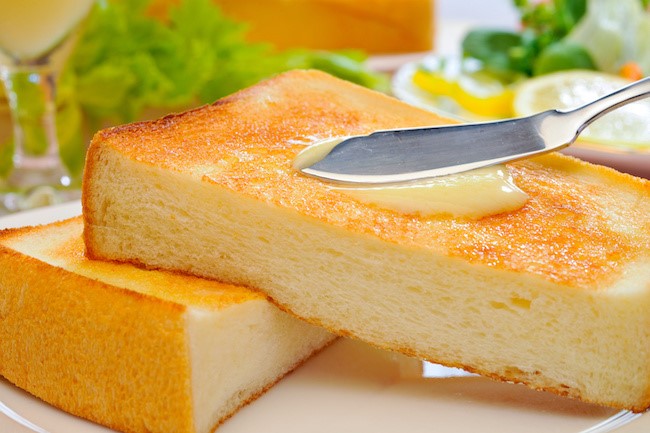
In Kansai region, thick sliced toast is the norm, as fluffy and chunky texture is favored, whereas in Kanto region, thin sliced toast is the norm, as crispy and crunchy texture is favored.
More comparisons between Osaka and Tokyo
If you would like to know more about the differences between Osaka and Tokyo, please read "Osaka vs Tokyo - What are the differences?".

